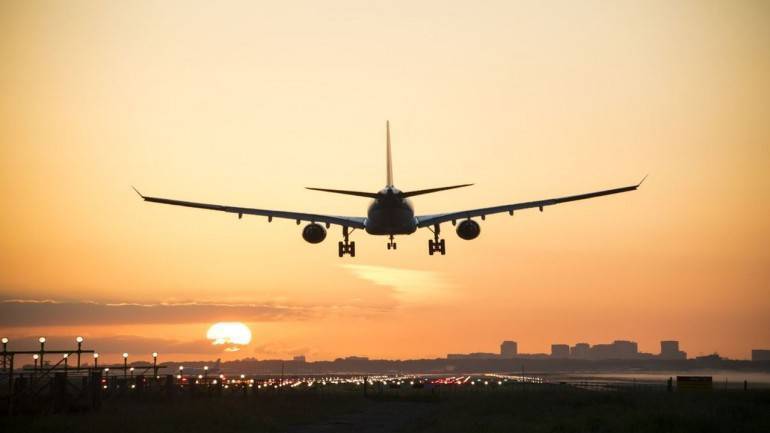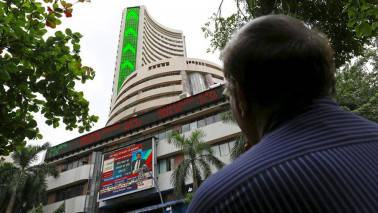This is as against the erstwhile service tax regime, where airlines could claim cenvat credit on all inputs (excluding ATF) for both economy and business classes
The deteriorating financial health of the Indian aviation industry has raised expectations of more tax sops to help reduce their high cost and debt burden.
Furthermore, under the goods and services tax (GST), airlines can claim input tax credit on all inputs (refers to all goods purchases and includes among others purchase of spare parts, food items, etc, but excludes aviation turbine fuel (ATF) since it is not under the purview of GST) on the business class; while for the economy class, they can claim input tax credit only on input services.
This is as against the erstwhile service tax regime, where airlines could claim cenvat credit on all inputs (excluding ATF) for both economy and business classes. In addition, import of aircraft and spare parts now attract 5% GST, as against nil customs duty earlier.
Thus, airlines have been wanting this anomaly to be rectified. While there could be some relief by way of reduced taxation on ATF prices, which are ~45-50% higher compared to international prices, ICRA does not expect any other major tax sops for the aviation industry during the Union Budget 2019-20.
However, the Budget is expected to reiterate its focus on improving regional connectivity through its Regional Connectivity Scheme (RCS) or UDAN (Ude Desh ka Aam Nagrik) and making flying affordable to the masses by providing a favourable eco-system. With continued thrust of the Government on infrastructure creation and development, the Budget is likely to focus on upgradation of airports in Tier 2 cities through public-private-partnership (PPP) route.
Furthermore, the Budget is likely to focus on setting up new airports and expansion of existing airport capacities at some key airports to help address the current airport infrastructure constraints being faced by the airlines, improve connectivity with the underserved / unserved airports and thus boost tourism.
There could also be some focus on the maintenance repair overhaul (MRO) sector. In line with the Government’s increasing thrust on ‘Make In India’, the Budget could focus on incentivising the MRO sector so as to retain the MRO activities in the country.
The Government is also expected to continue to focus on its core theme for tourism development in India and undertake measures to boost tourism. India’s tourism attractiveness has remained weak historically due to lack of policy support and unavailability of infrastructure.
Concerted efforts through the 'Incredible India' programme at the national level and many such programmes being run by the State Governments are expected to support India's tourism industry in the medium to long term. Furthermore, the E-Visa policy, launched in November 2014 for 44 countries at nine airports, has been extended to 161 countries, 24 airports and three seaports.
This is already playing an important role in attracting higher tourist footfalls into India as reflected in a healthy growth in foreign tourist arrivals (FTAs) using E-Visa. There is an expectation of expansion of this E-Visa scheme to additional countries.
Focussed efforts to preserve India’s heritage cities, improve visitor experience, and upgrade sanitation and supporting infrastructure, would help drive tourism. Also, the Government is likely to develop more iconic tourist destinations to further improve tourism, and thus support the growth of the Indian aviation industry.
Overall, in a longer time frame, the Government needs to address India’s aviation infrastructure requirements and other matters, which have constrained the performance of airlines to strengthen the foundation for growth in the coming years.














